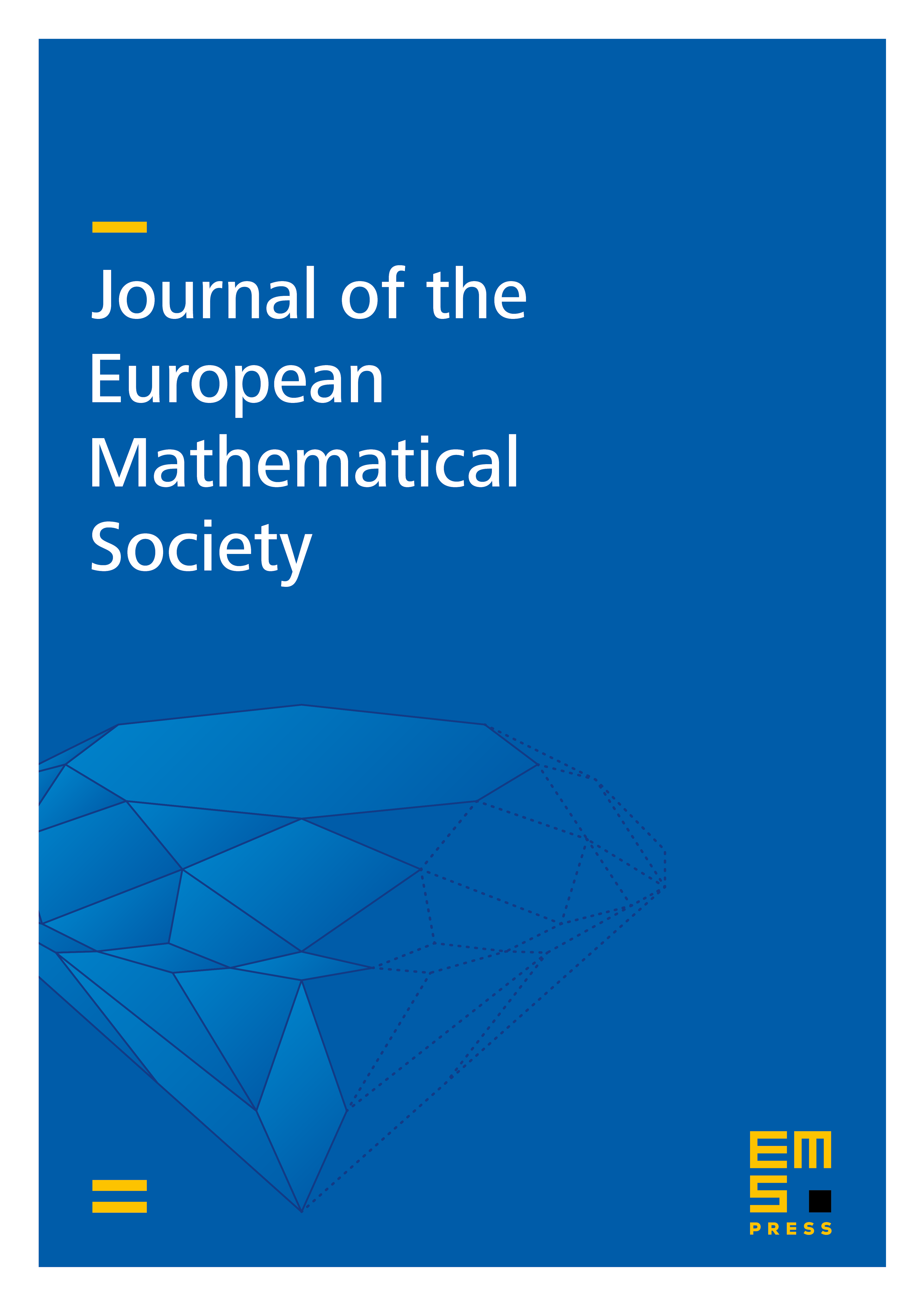Stability of contact lines in fluids: 2D Navier–Stokes flow
Yan Guo
Brown University, Providence, USAIan Tice
Carnegie Mellon University, Pittsburgh, USA

Abstract
In this paper we study the dynamics of an incompressible viscous fluid evolving in an open-top container in two dimensions. The fluid mechanics are dictated by the Navier–Stokes equations. The upper boundary of the fluid is free and evolves within the container. The fluid is acted upon by a uniform gravitational field, and capillary forces are accounted for along the free boundary. The triple-phase interfaces where the fluid, air above the vessel, and solid vessel wall come in contact are called contact points, and the angles formed at the contact point are called contact angles. The model that we consider integrates boundary conditions that allow for full motion of the contact points and angles. Equilibrium configurations consist of quiescent fluid within a domain whose upper boundary is given as the graph of a function minimizing a gravity-capillary energy functional, subject to a fixed mass constraint. The equilibrium contact angles can take on any values between 0 and depending on the choice of capillary parameters. The main thrust of the paper is the development of a scheme of a priori estimates that show that solutions emanating from data sufficiently close to the equilibrium exist globally in time and decay to equilibrium at an exponential rate.
Cite this article
Yan Guo, Ian Tice, Stability of contact lines in fluids: 2D Navier–Stokes flow. J. Eur. Math. Soc. 26 (2024), no. 4, pp. 1445–1557
DOI 10.4171/JEMS/1312